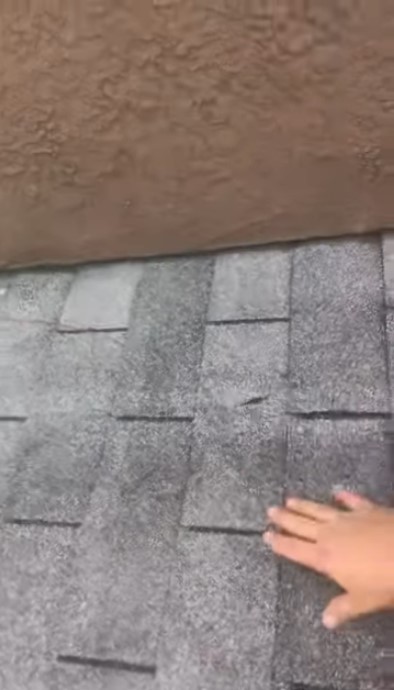Why Pressure Washing Your Shingle Roof Is a Costly Mistake
Your roof protects your home from the elements every day. But when it comes to cleaning, many homeowners make a dangerous mistake that can cost thousands in repairs. Pressure washing might seem like the fastest way to remove debris like dirt, moss, and stains from your roof shingles, but it’s actually one of the worst things you can do.
At Westfall Roofing, we see this damage all the time. Homeowners try to save money by cleaning their own roofs with pressure washers, only to create expensive problems that didn’t exist before. The high-pressure water forces its way under shingles, loosens nails, and creates new leak points throughout your roof system. What starts as a simple cleaning project quickly becomes a major repair job that could have been avoided entirely.
The Hidden Damage You Can’t See Right Away
Pressure washing creates problems that aren’t immediately visible. The damage happens gradually, starting from the moment high-pressure water hits your shingles. Water gets forced underneath the shingles with much greater force than natural rain. This water sits in places it was never meant to reach, causing metal components to rust and wood to rot. The shingles themselves become soft and pliable after pressure washing. This makes them vulnerable to wind damage and reduces their ability to protect your home. Nails start to pop out as the pressure forces water around them, creating loose spots that will only get worse over time.

How Pressure Washing Creates New Leak Points
Your roof is designed to handle water that flows over the surface. But pressure washing forces water to move in unnatural directions. The high-pressure stream pushes water up and under shingles, around flashing, and into gaps that normally stay dry.
These new water pathways become permanent roof leak points. Once water finds a way under your shingles, it will continue to enter your home every time it rains. The damage spreads from the initial entry point, affecting insulation, ceiling materials, and even structural components. What started as surface cleaning becomes a whole-house moisture problem that’s expensive to fix.
Why Regular Rain Doesn’t Cause the Same Problems
Natural rainfall works with your roof’s design. Rain falls straight down and flows off the surface as intended. Even heavy storms don’t create the same pressure that forces water underneath shingles. Your roof’s overlapping shingle pattern is specifically designed to handle water flowing from top to bottom.
Pressure washing reverses this natural flow. The horizontal spray pushes water sideways and upward, fighting against your roof’s protective design. This unnatural water movement overwhelms the roof’s drainage system and creates problems in areas that should stay completely dry.
The Right Way to Clean Your Roof
Soft washing uses low-pressure water combined with cleaning solutions to remove dirt and organic growth. This method works with your roof’s design instead of against it. The cleaning agents do most of the work, while gentle water pressure simply rinses away the loosened debris.
Professional roof cleaning companies understand how to protect your roof while removing unwanted growth. They use specialized equipment and techniques that clean effectively without causing damage. The cost of professional cleaning is much less than repairing pressure washing damage.
Signs Your Roof Has Been Damaged by Pressure Washing
Look for loose or missing shingles after any cleaning project. Soft, flexible shingles that bend easily are a clear sign of pressure damage. Visible nail heads or raised nails indicate the pressure has loosened the fasteners that hold your shingles in place.
Check your gutters for excessive granule loss. Pressure washing strips the protective granules from shingles, and you’ll find them collecting in your gutters. Water stains on interior ceilings or walls often appear weeks or months after pressure washing, once the new leak points start allowing water inside.
Long-Term Costs of Pressure Washing Damage
Repairing pressure washing damage goes far beyond replacing a few shingles. Water infiltration affects multiple layers of your roofing system, including underlayment, decking, and insulation. These materials often need complete replacement, not just patching.Interior repairs add to the total cost. Damaged ceilings, walls, and flooring all require attention once water gets inside your home. The longer the leaks continue, the more extensive the damage becomes. Many homeowners end up needing a complete roof replacement years earlier than necessary because pressure washing compromised the entire system.
Protect Your Investment with Professional Roof Care
Don’t risk thousands in damage by pressure washing your shingle roof. Contact Westfall Roofing today for a roof inspection and learn about safe cleaning methods that protect your home. Our experienced team can assess any existing damage and provide solutions that keep your roof working properly for years to come. Partner with Westfall Roofing and stay informed about your home and roof.
